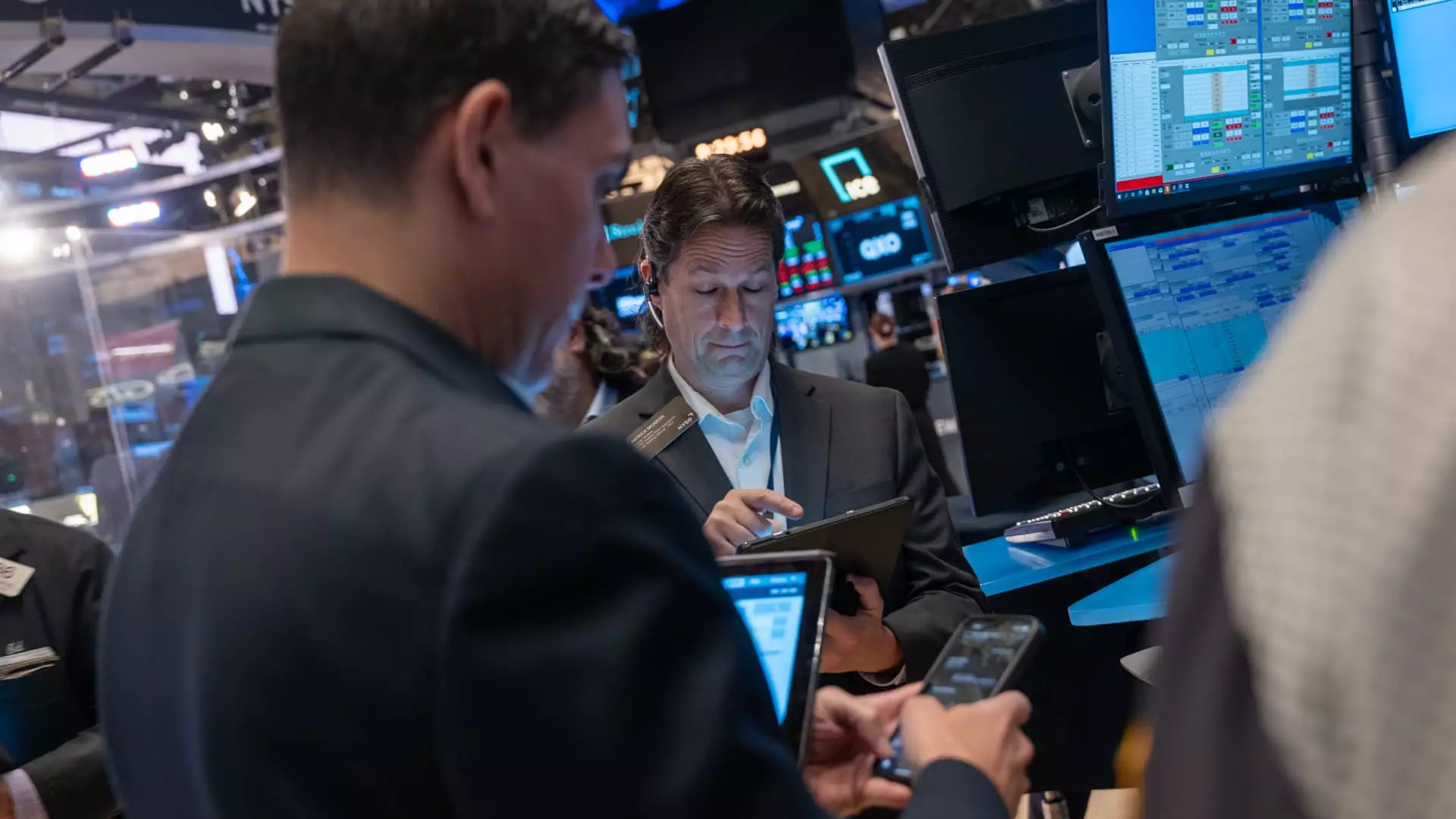In today’s unpredictable economic landscape, the mere mention of volatility sends shivers down the spine of even the most seasoned investors. When stocks start to tumble, a natural instinct kicks in; it’s a flight response, primed by worries of enduring financial ruin. This reaction is not only understandable but also widespread. However, this kind of panic is counterproductive, pushing informed decision-making to the back burner in favor of emotional knee-jerk reactions. Financial experts argue that volatility isn’t an enemy; it’s a necessary element of the investing ecosystem, bringing both challenges and opportunities that can lead to long-term financial success.
Volatility as Opportunity
Rather than seeing market dips as an executioner’s axe hanging over investment portfolios, astute investors should adopt a more optimistic viewpoint. Periods of downturn, like the recent dip in U.S. equities where the S&P 500 saw a brief correction—down 10% from its peak—should be interpreted through a lens of opportunity. As analysts advise, the agony of a falling market often presents advantageous moments to snag undervalued stocks. “It’s a chance to buy low, not a cue to run for the hills,” says Austin Pickle, a strategist at Wells Fargo. Imagine the wealth accrued by those who boldly acted during previous downturns; they are often the ones reaping rewards when recovery inevitably kicks in.
Understanding Market Corrections
A closer inspection of historical data reveals that market corrections are part and parcel of the investing journey. According to reports, since November 1974, the U.S. market has experienced 27 corrections, averaging one every two years. The vast majority of those corrections—81%, to be precise—did not escalate into catastrophic bear markets, which are classified by declines of 20% or more. This context becomes critical for investors paralyzed by fear during tumultuous periods. It is crucial to realize that not every dip signals the end; often, they serve as mere speed bumps on the path to recovery.
The Psychology of Fear
One of the most significant hurdles investors face during a downturn is the psychological impact. Behavioral finance experts underline that catastrophic thinking can cloud judgment, leading individuals to believe that a downturn is the beginning of a financial apocalypse. Brad Klontz, a noted financial planner, emphasizes how dangerous this line of thinking can be. Instead, he advocates for a more constructive mindset, where dips are seen as opportunities to invest wisely rather than as catastrophic events to be avoided. “Investing in painful times can be less risky. It allows you to buy stocks at discounted prices whilst experienced investors often disregard this strategy,” Klontz notes.
The Dilemma of Timing and Asset Allocation
However, tempering this eagerness to invest during dips necessitates careful strategy. Christine Benz from Morningstar argues that investors must remain grounded and stick to their predetermined asset allocation plans. Each individual’s financial situation is unique, and decisions should not be impulsive reactions to market fluctuations. Practicing what is known as “dollar-cost averaging” through consistent contributions to retirement accounts like 401(k) plans can help investors automatically benefit from market downturns without needing to make dramatic adjustments.
Buying the Dip Wisely
For those with cautionary cash reserves, buying the dip can indeed present a fitting opportunity to acquire shares at a lower price. Large-cap stocks, for instance, were reported at approximately 5% below their fair market value. Yet the key takeaway remains the importance of aligning these investments with a well-structured financial strategy. The notion that every correction should warrant a frantic buying spree is not only misleading but could also throw off your long-term investment game plan.
Navigating the ever-tumultuous waters of investment requires a balanced approach—an intrepid yet cautious mindset that evaluates opportunities without succumbing to emotional volatility. In the end, those who learn to embrace both the chaos and the possibilities it presents may find themselves in a privileged position when the markets rise again.

